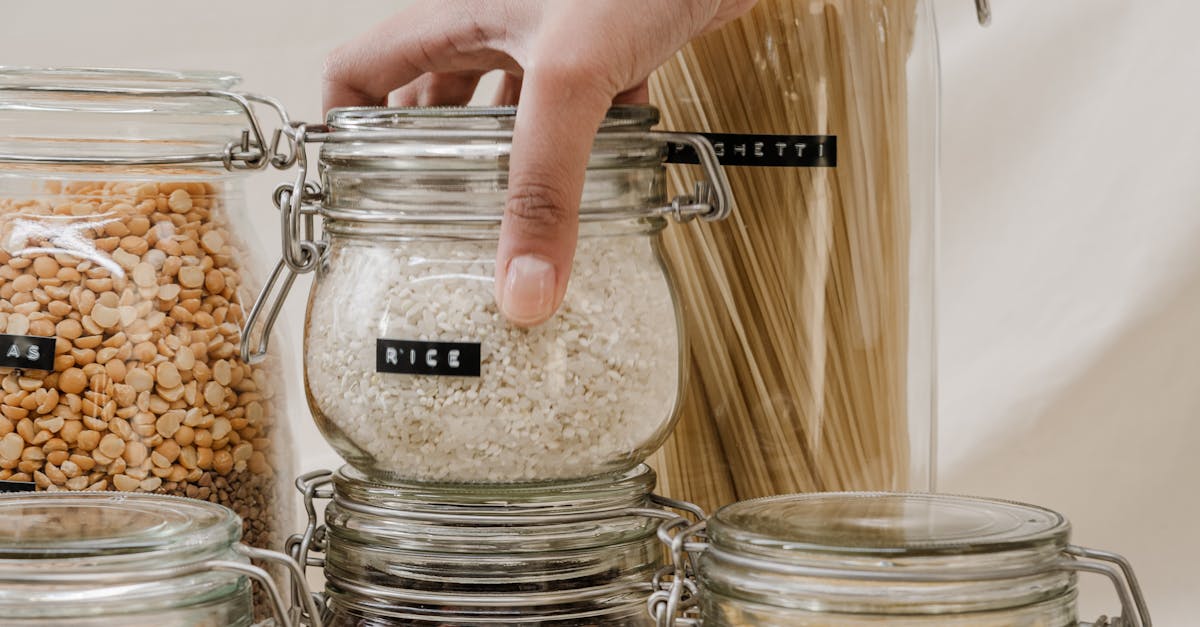Zero-waste Cooking: Maximizing Ingredients And Minimizing Waste

Photo by cottonbro studio on Pexels.
Introduction
Welcome to the world of zero-waste cooking, where we embrace the challenge of maximizing ingredients and minimizing waste in our kitchens. It's all about being creative, resourceful, and conscious of our impact on the environment. Today, we'll explore some fun and delicious recipes that will help you make the most of every ingredient in your pantry.
Ingredients
- 1 cup of leftover cooked quinoa
- 1 can of chickpeas, drained and rinsed
- 1 bunch of kale, stems removed and leaves chopped
- 2 carrots, peeled and diced
- 1 onion, chopped
- 2 cloves of garlic, minced
- 1 tablespoon of olive oil
- Salt and pepper to taste
- Optional: grated Parmesan cheese for serving
Instructions
- In a large skillet, heat the olive oil over medium heat. Add the onion and garlic, and sauté until fragrant.
- Add the carrots and kale to the skillet, and cook until the vegetables are tender.
- Stir in the quinoa and chickpeas, and season with salt and pepper.
- Cook for another 5 minutes, stirring occasionally.
- Serve the quinoa and chickpea stir-fry hot, topped with grated Parmesan cheese if desired.
Conclusion
Zero-waste cooking is not only good for the environment, but it's also a great way to save money and get creative in the kitchen. By maximizing ingredients and minimizing waste, we can reduce our carbon footprint and enjoy delicious meals at the same time. So next time you're in the kitchen, think about how you can make the most of every ingredient and do your part to help the planet.